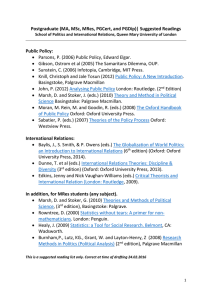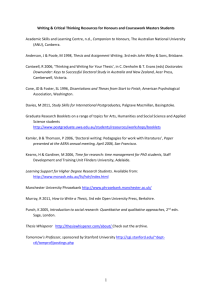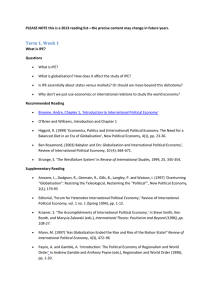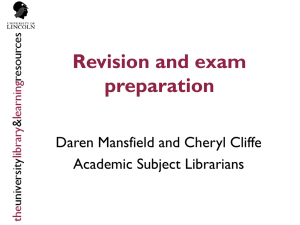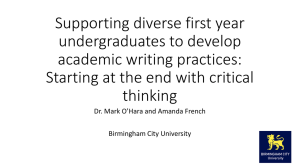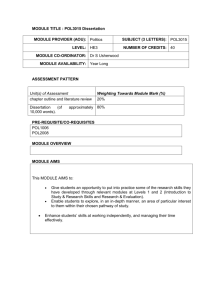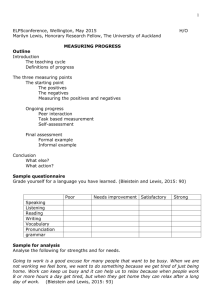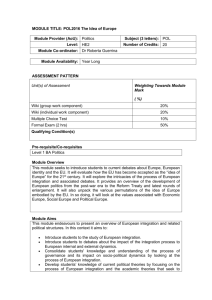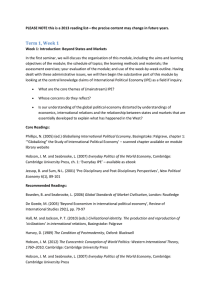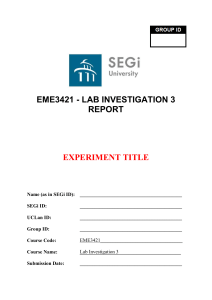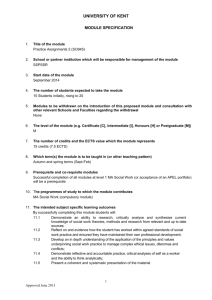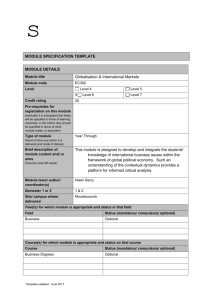Chapter 3 – Resources
advertisement
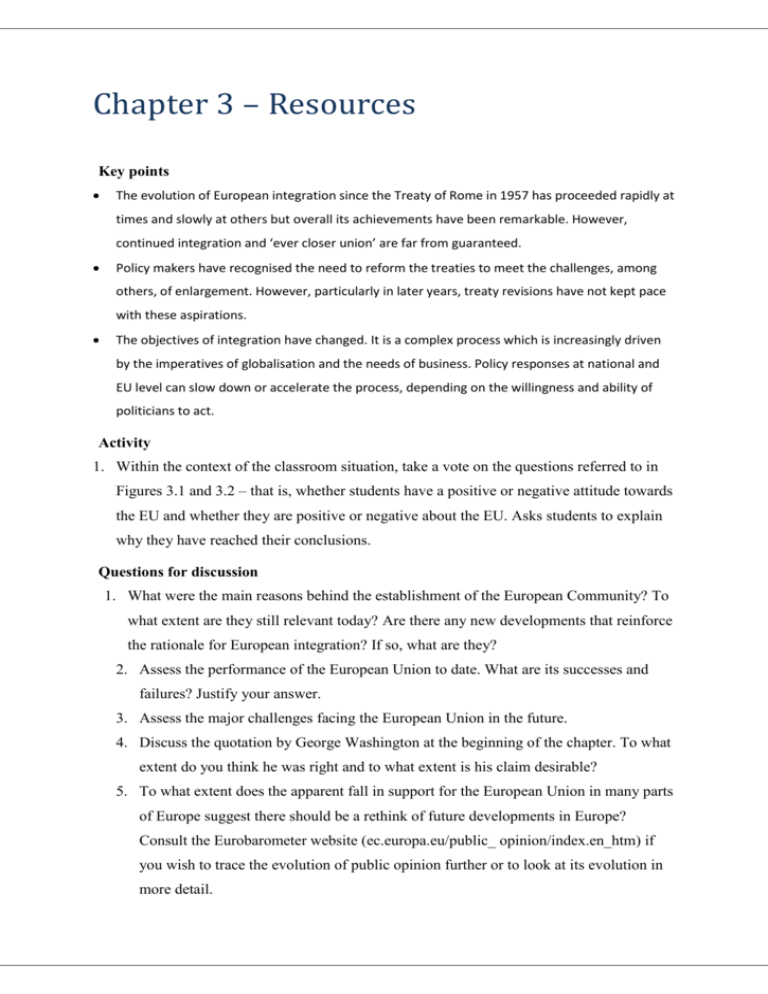
Chapter 3 – Resources Key points The evolution of European integration since the Treaty of Rome in 1957 has proceeded rapidly at times and slowly at others but overall its achievements have been remarkable. However, continued integration and ‘ever closer union’ are far from guaranteed. Policy makers have recognised the need to reform the treaties to meet the challenges, among others, of enlargement. However, particularly in later years, treaty revisions have not kept pace with these aspirations. The objectives of integration have changed. It is a complex process which is increasingly driven by the imperatives of globalisation and the needs of business. Policy responses at national and EU level can slow down or accelerate the process, depending on the willingness and ability of politicians to act. Activity 1. Within the context of the classroom situation, take a vote on the questions referred to in Figures 3.1 and 3.2 – that is, whether students have a positive or negative attitude towards the EU and whether they are positive or negative about the EU. Asks students to explain why they have reached their conclusions. Questions for discussion 1. What were the main reasons behind the establishment of the European Community? To what extent are they still relevant today? Are there any new developments that reinforce the rationale for European integration? If so, what are they? 2. Assess the performance of the European Union to date. What are its successes and failures? Justify your answer. 3. Assess the major challenges facing the European Union in the future. 4. Discuss the quotation by George Washington at the beginning of the chapter. To what extent do you think he was right and to what extent is his claim desirable? 5. To what extent does the apparent fall in support for the European Union in many parts of Europe suggest there should be a rethink of future developments in Europe? Consult the Eurobarometer website (ec.europa.eu/public_ opinion/index.en_htm) if you wish to trace the evolution of public opinion further or to look at its evolution in more detail. 6. As the European Union goes bigger and as views on the future of Europe diverge, is there a case for the emergence of a two- or even a multi-tier Europe? That is, integration that allows for states that wish to do so, to push ahead with integration while others move ahead more slowly, if at all. Do we already have a two-speed Europe? What are the implications of a two or multi-speed Europe for member states and for business? Suggestions for further reading Beach, D. (2005) The Dynamics of European Integration: Why and When European Institutions Matter, Basingstoke: Palgrave Macmillan. Bickerton, C. (2012) European Integration: From Nation State to Member State, New York: Oxford University Press. Dedman, M. (2009) The Organisation and Development of the European Union, 1945–2008: A History of European Integration, 2nd edn, London: Rutledge. Dinan, D, (2006) Origins and Evolution of the European Union, Basingstoke: Palgrave Macmillan. Gilbert, M (2011) European Integration: A Concise History, Rowman and Littlefield. Judt, T. (2010) Postwar: A history of Europe, London: Vintage Books. Kaiser, W. and Varson, A. (eds) (2010) European History: Theories and Debates, Basingstoke: Palgrave Macmillan. Laffan, B. (1992) Integration and Co-operation in Europe, Routledge/University Association of Contemporary European Studies. McCormick, J. (2011) Understanding the European Union: A Concise Introduction, Basingstoke: Palgrave Macmillan. Pinder, J. and Usherwood, S. (2013) The European Union: A Very Short Introduction, Oxford: Oxford University Press. Robson P. (2013) The Economics of International Integration (5th edn), London: Routledge. Rosamond, B. (2000) Theories of European Integration, Basingstoke, Palgrave. Saurugger, S. (2013) Theoretical Approaches to European Integration, Basingstoke: Palgrave Macmillan. Tsoukalis, L. and Emmanouilidis, A. (eds) (2011) The Delphic Oracle and Europe: Is there a Future for the European Union?, Oxford: Oxford University Press. Wallace, H., Pollack, M. and Young, A. (eds) (2010) Policy-making in the European Union, Sixth edition, Oxford: Oxford University Press, Chapters 1–2. Wallace, W. (ed) (1990) The Dynamics of European Integration, Royal Institute for International Affairs/Pinter.
